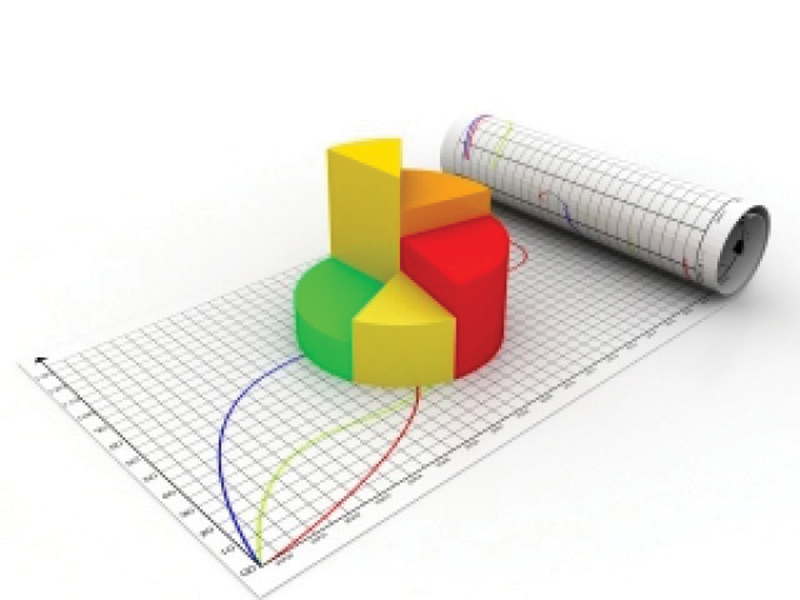
Banking spreads clocked up at 6.02% for the first quarter of 2014, which is the lowest quarterly average recorded since 2005, data recently released by the State Bank of Pakistan (SBP) shows.
The average banking spread – which is the difference between the return paid on deposits and interest charged on advances – in the corresponding quarter of the last year remained 6.21%.
The spread for March was recorded at 6.05% in contrast with the nine-year low of 5.97% recorded in January.
According to Topline Securities research analyst Zeeshan Afzal, the decline in spreads is mainly attributed to the last hike in the discount rate, which was priced in the deposit cost earlier than the materialisation of the return on advances. “Although overall spreads remained stable, both the cost of deposit and return on advances declined by nine basis points month-on-month to 5.05% and 11.1%, respectively,” Afzal said.
It should be noted that the spread stood at 6.24% in March 2013, which depicts a year-on-year decrease of 19 basis points. The shrinking of banking spread seems odd because the discount rate rose by 50 basis points to 10% during the same period.

Afzal attributes the surprising reading to the SBP’s regulation that links the mandatory return on the profit-and-loss-sharing saving accounts to the discount rate.
However, the difference between fresh deposits and gross disbursements in the first quarter of 2014 seems to have widened. The banking spread in this category increased to 4.78% in January-March 2014 from 4.49% in October-December 2013.
Similarly, fresh banking spread for March alone was 4.73%, up 30 basis points from the fresh banking spread of 4.43% recorded in March 2013.
“Although spreads are at low levels, net interest margins of banks are likely to get support from higher yields on their increasing portfolio of Pakistan Investment Bonds (PIBs),” Afzal said. Local banks and other investors have invested Rs1.4 trillion through PIB auctions since the beginning of 2014.
“Even if 60%-70% of total auction participation is coming from banks, it will mean that after-tax profits of the banking sector are going to increase by 11%-13%,” he said.
Banks are shifting their investment pattern to PIBs from treasury bills lately. With declining inflation in the economy, banks expect the SBP to cut the discount rate in the future. No wonder they want to lock in higher return on PIBs while the discount rate is still 10%.
According to Global Securities research analyst Umair Naseer, with the loan re-pricing and investments in PIBs, mark-up earned on investments and loans is expected to improve the net profitability of the banking sector.
“The shift in the investment policy stance of the banks is likely to improve their spreads, as the impact of an increase in the discount rate has already been reflected through the rise in the cost of deposits for banks,” Naseer noted.
Published in The Express Tribune, April 26th, 2014.
Like Business on Facebook, follow @TribuneBiz on Twitter to stay informed and join in the conversation.





1719053250-0/BeFunky-collage-(5)1719053250-0-270x192.webp)











COMMENTS
Comments are moderated and generally will be posted if they are on-topic and not abusive.
For more information, please see our Comments FAQ